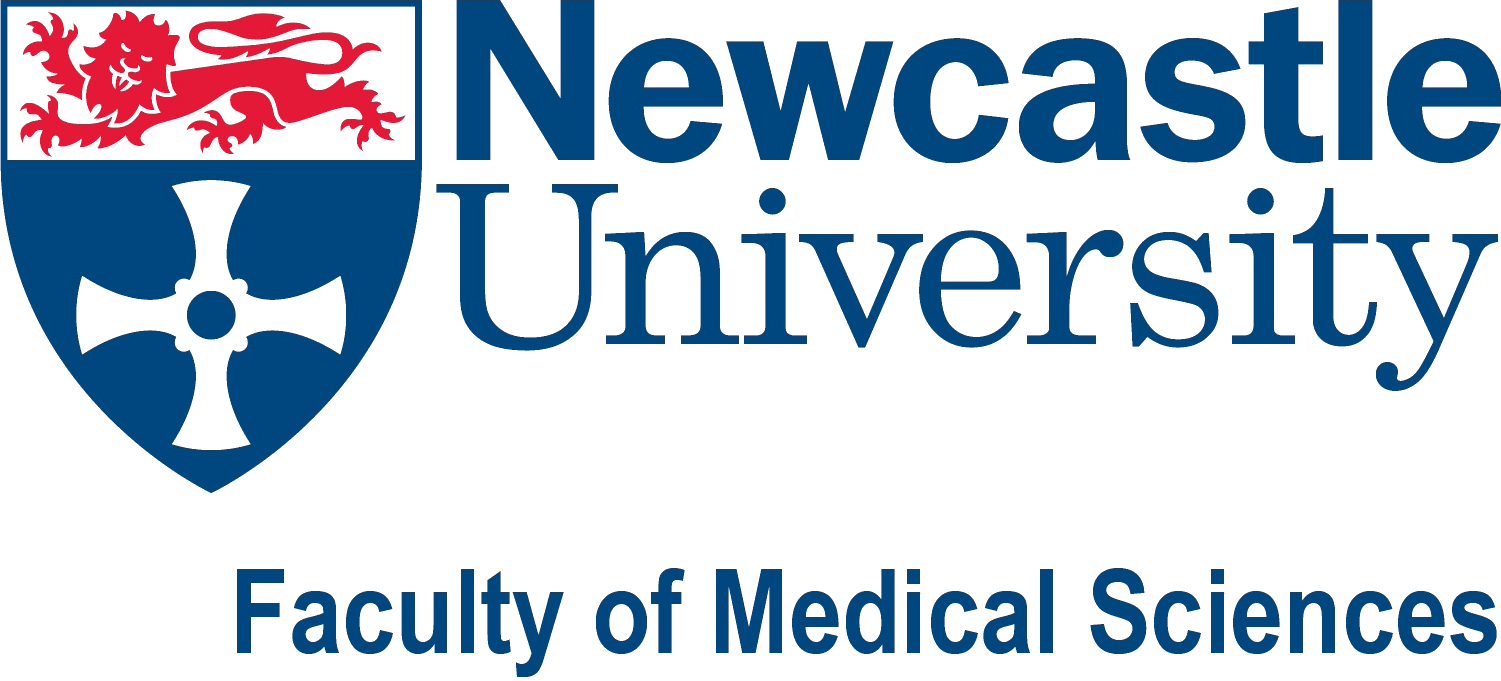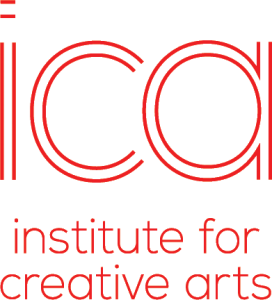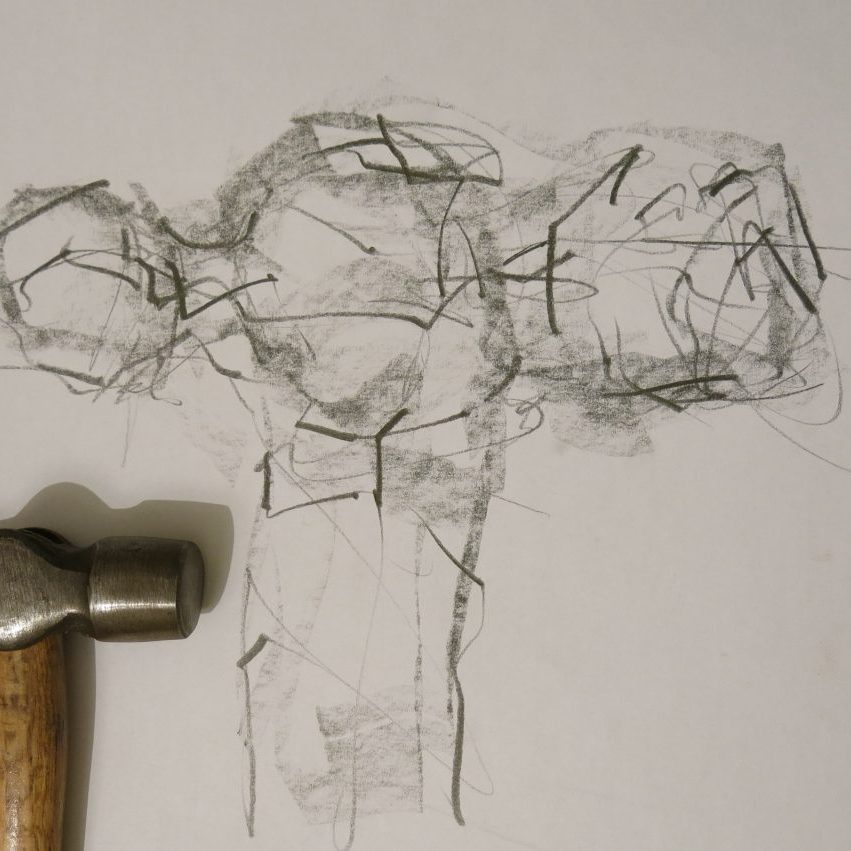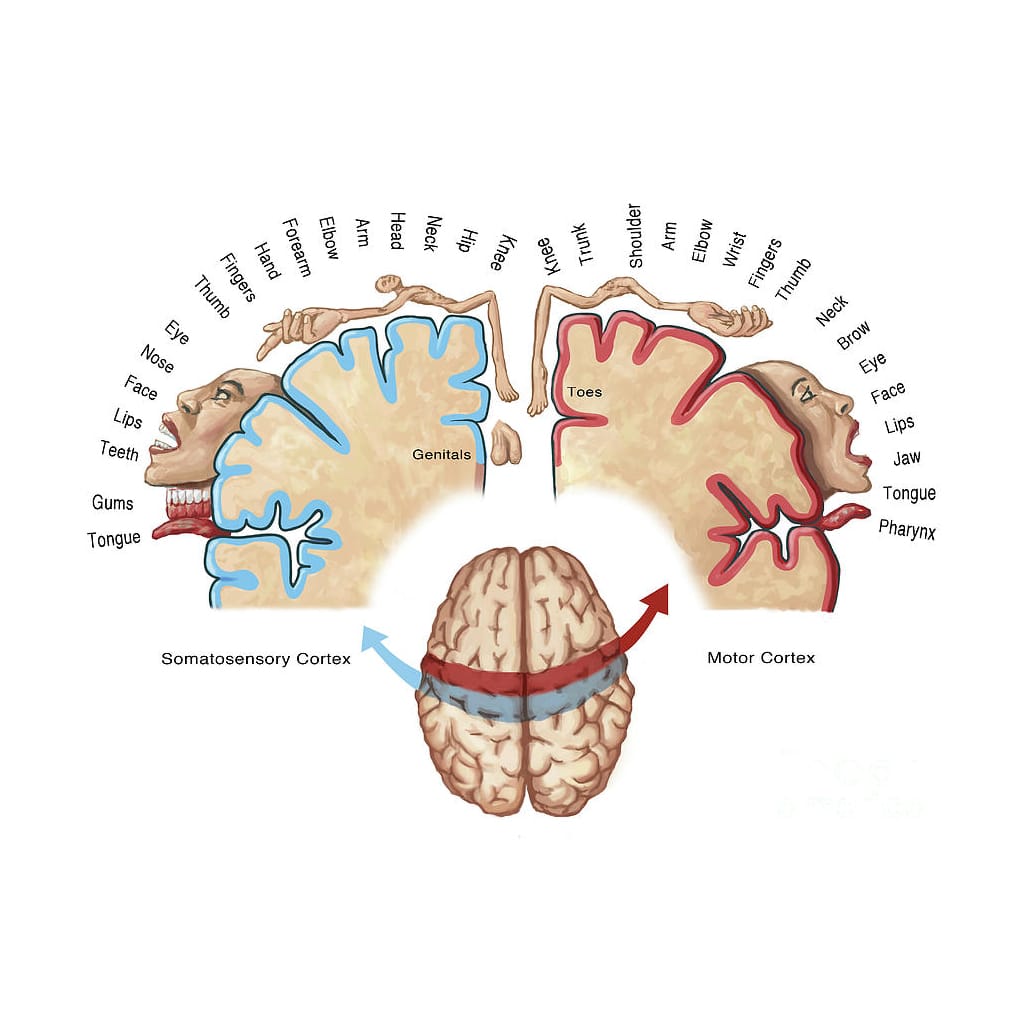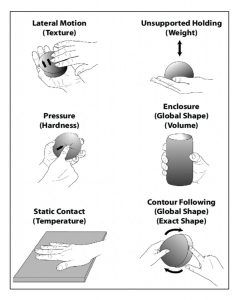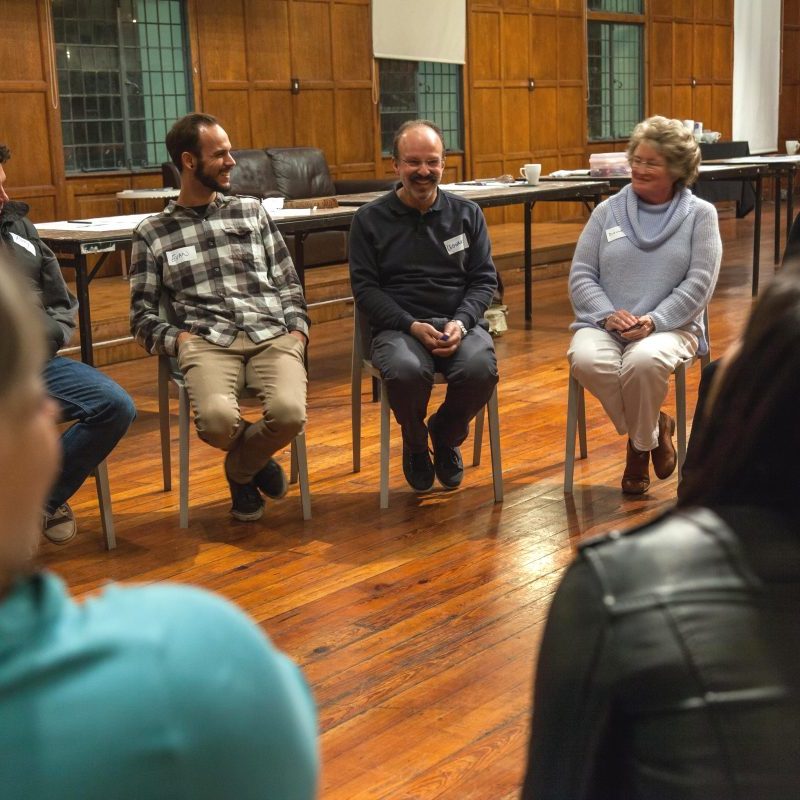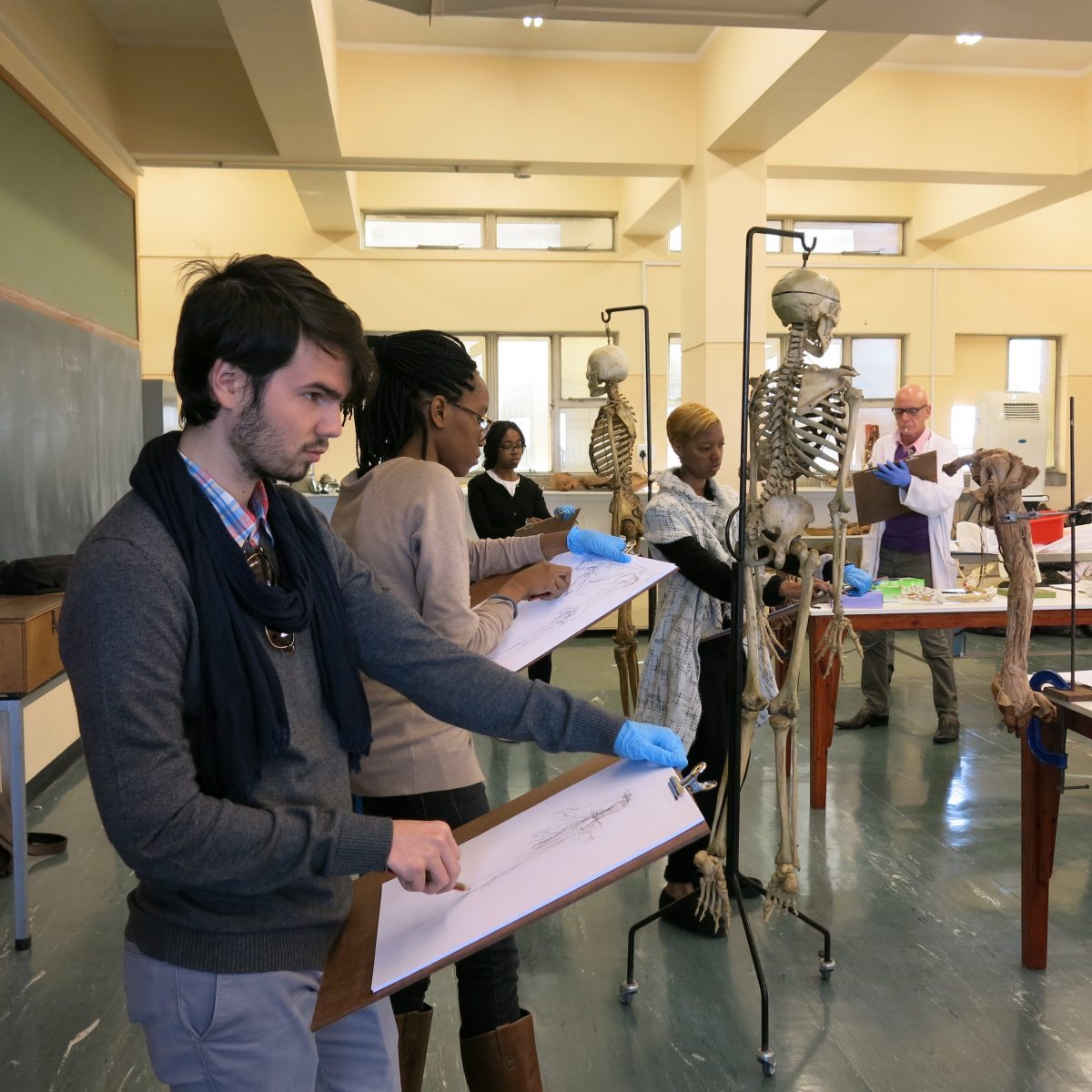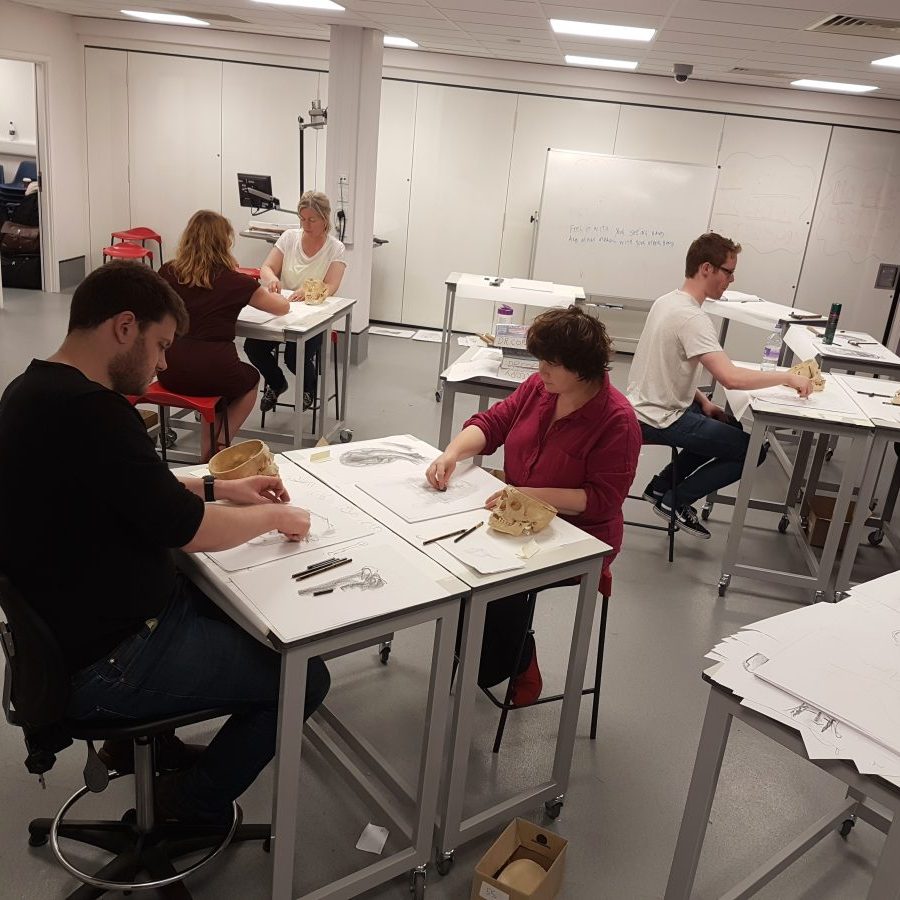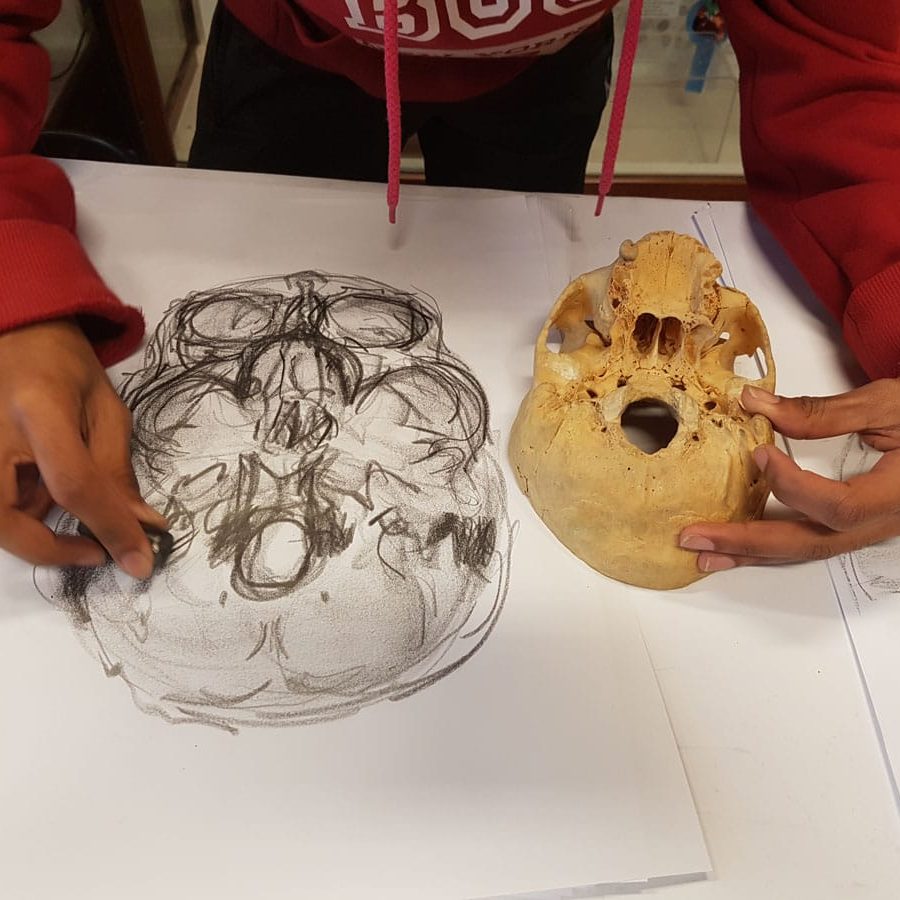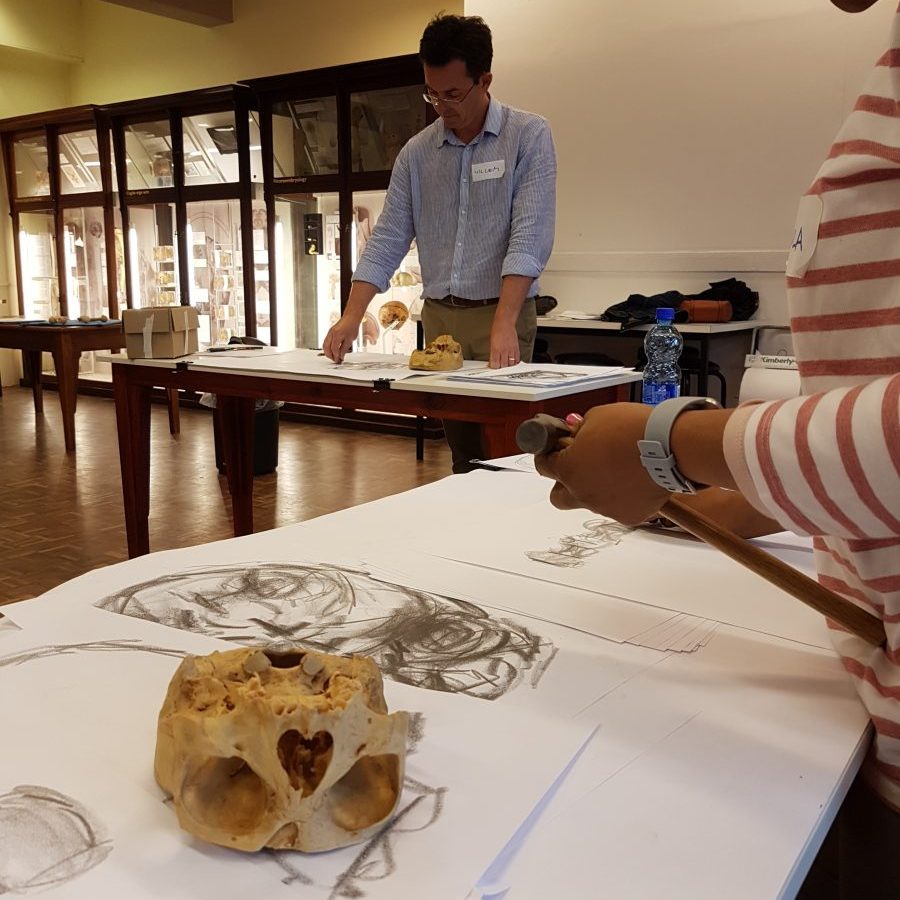Even with an object in plain sight and in close proximity, there is a lot more in front of us than meets our eye. By observing an object using our sense of touch, we are able to gather an entirely different set of observable data about the object - in particular, the 3D form and detail of the object that would be entirely unavailable to sight-only observation.
Leonard Shapiro B.Soc.Sc., B.A. Fine Art (Hons) has developed a multi-sensory observation method, which crucially employs the sense of touch, coupled with the simultaneous act of drawing. It is called the Haptico-visual observation and drawing (HVOD) method. In anatomy study, the benefits of observing using the HVOD method includes the i) enhanced observation of the 3D form of anatomical parts, ii) the cognitive memorization of anatomical parts as a 3D 'mental picture', iii) improved spatial orientation within the volume of anatomical parts and, iv) an ability to draw. Leonard teaches the HVOD method via courses to health sciences students in the Department of Human Biology at the University of Cape Town, as well as abroad via Zoom. He also designs tailored exercises that address specific 3D spatial awareness needs in anatomy study, as well as for clinical practice.
In 1987, Prof Roberta Klatzky and Prof Susan Lederman described a set of specialized patterns of manual exploration which they termed 'exploratory procedures' (EPs)* or stereotypical patterns of hand movements (see illustration below). These haptic exploratory procedures are linked to the acquisition of specific object properties which include the 3D form and volume of an object.
Because the hand is represented over a relatively large part of the sensory cortex (see illustration below), it is particularly suited to the haptic observation of the 3D form and volume of an object, via the EPs.
The haptic exploration of an object and the act of drawing both involve the making of hand gestures. What we feel with the one hand, we draw with the other hand. When using the HVOD method, we actively apply the EPs, coupled with the simultaneous act of drawing which correspond to the EP gestures. In particular, we actively apply the EPs termed 'contour following', 'lateral motion' and 'enclosure' in order to observe the 3D form and volume of an object. The specific drawing gestures needed to re-present these EPs as marks on paper are referred as 'cross-contour' marks.
A six hour HVOD course is offered to medical students, clinicians and anatomy educators. The course is spread over two consecutive days, at 3 hours a day. It is offered via Zoom as well in-class.
Watch a short video presentation outlining the HVOD course and its benefits
*Klatzky, R. L. and Lederman, S. J. (1987). Hand Movements: A window into haptic object recognition. Cognitive Psychology, 19(3), 342-368.
Read what anatomy educators, medical students and artists have to say about the course...


